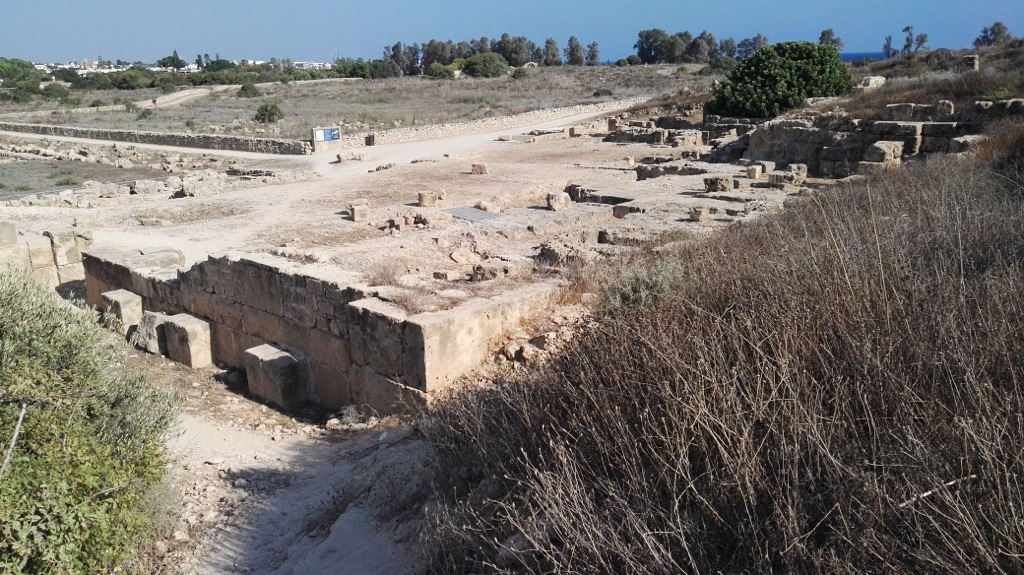Nestled on the southwest coast of Cyprus, Paphos Archaeological Park is a treasure trove of ancient ruins and artifacts. This UNESCO World Heritage Site encompasses a vast area with remains dating back to prehistoric times. However, the park is most renowned for its Roman villas, stunning mosaics, and public buildings that tell tales of the island’s rich past. The park’s historical significance is not only due to its well-preserved monuments but also because it provides insight into the architectural and cultural evolution of the Mediterranean region over several millennia.
Get your dose of History via Email
Historical Background of Paphos Archaeological Park
The discovery of Paphos Archaeological Park was not a single event but a series of excavations that began in the late 19th century. Initially, the focus was on the Tombs of the Kings, a grand necropolis. However, the park’s true significance came to light with the discovery of exquisite Roman mosaics during accidental digs in the 1960s. These findings prompted systematic excavations, revealing a city that once served as the capital of Cyprus during the Roman period.
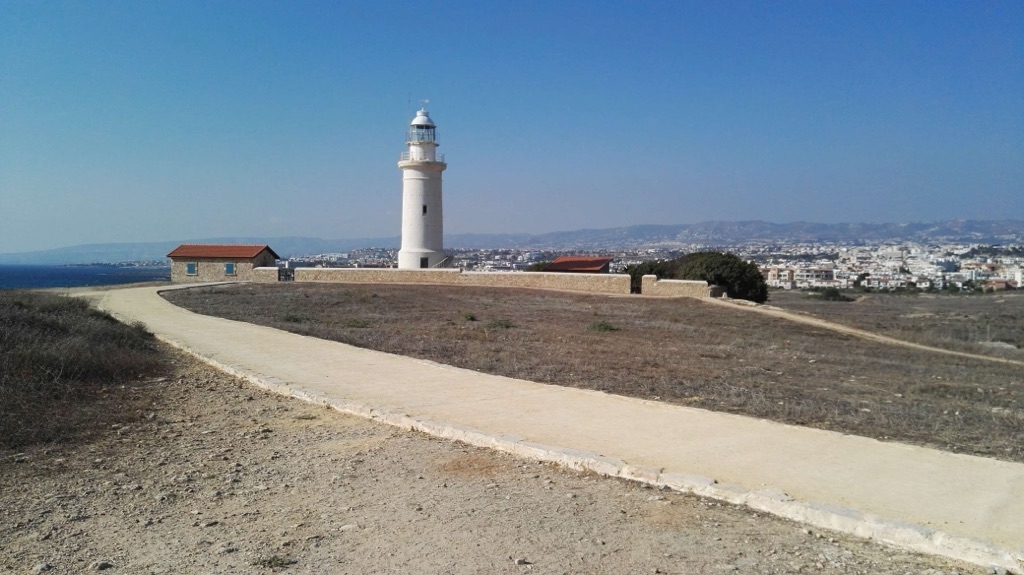
The city of Paphos, according to ancient sources, was founded by Agapenor, a hero of the Trojan War. Over time, it became a pivotal cultural and political center. The area was developed under the Ptolemies, Hellenistic rulers of Egypt, who fortified the city and established it as their administrative capital for the island. Later, the Romans further enhanced its status, leaving behind the most visible archaeological remains.
Throughout its history, Paphos has seen various inhabitants, including Mycenaeans, Greeks, Romans, and Byzantines. Each left their mark, contributing to the city’s architectural and cultural landscape. The site was also significant for early Christianity, with Apostle Paul visiting and converting the Roman proconsul to Christianity, as recorded in the Acts of the Apostles.
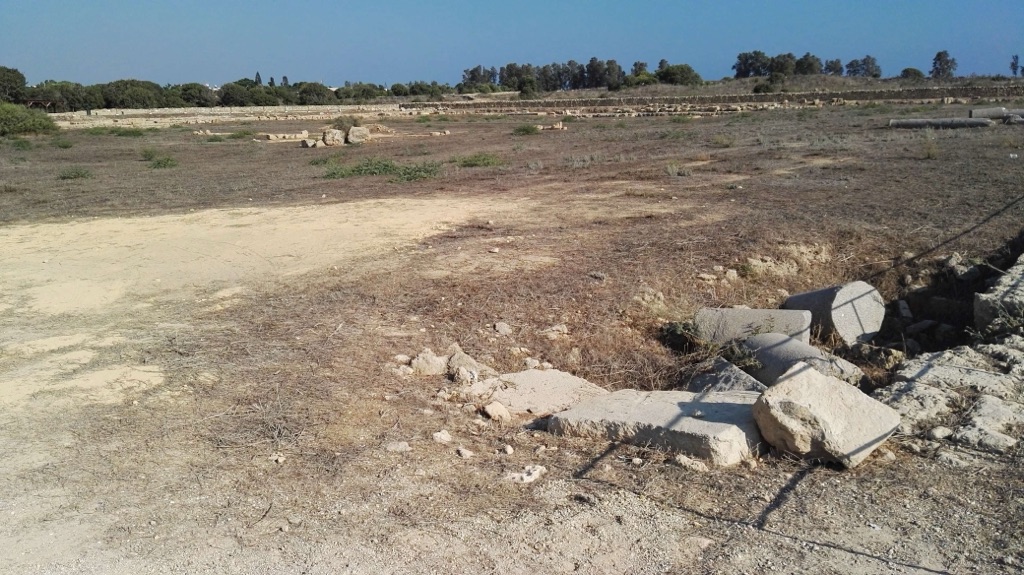
Notably, Paphos was not just a political center but also a hub for the cult of Aphrodite, the Greek goddess of love and beauty. The city’s association with Aphrodite attracted pilgrims from across the Mediterranean, further enhancing its importance. The ruins of her temple still stand as a testament to the city’s religious significance.
The park’s historical importance is also highlighted by the fact that it was the scene of several significant historical events, including the spread of Christianity. The layers of history found here offer a unique glimpse into the island’s past, making it a key site for understanding the broader historical narrative of Cyprus and the Mediterranean.
About Paphos Archaeological Park
Paphos Archaeological Park is a sprawling site that includes monuments from prehistoric times to the Middle Ages, though most notable are those from the Roman period. The park’s most famous features are the intricate floor mosaics in the Houses of Dionysos, Theseus, Aion, and Orpheus. These mosaics are celebrated for their exceptional artistry and preservation, depicting scenes from Greek mythology with stunning detail and color.
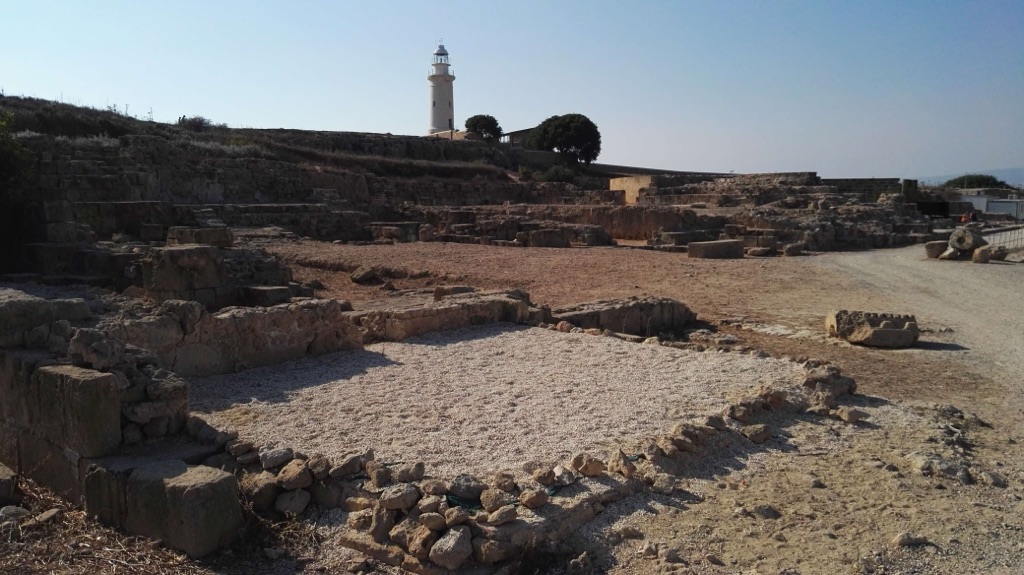
The construction techniques of the ancient builders were advanced for their time. They used locally sourced limestone and sandstone, while the mosaics were crafted with small cubes of marble and stone, known as tesserae. The Romans also employed complex engineering for their public buildings, such as the Odeon, an amphitheater still used today for performances.
Architectural highlights of the park include the remains of the Roman Agora, the public marketplace, and the Saranta Kolones fortress, named after its many columns. The fortress was built by the Byzantines in the 7th century to protect the city from Arab raids but was destroyed by an earthquake in the 12th century.
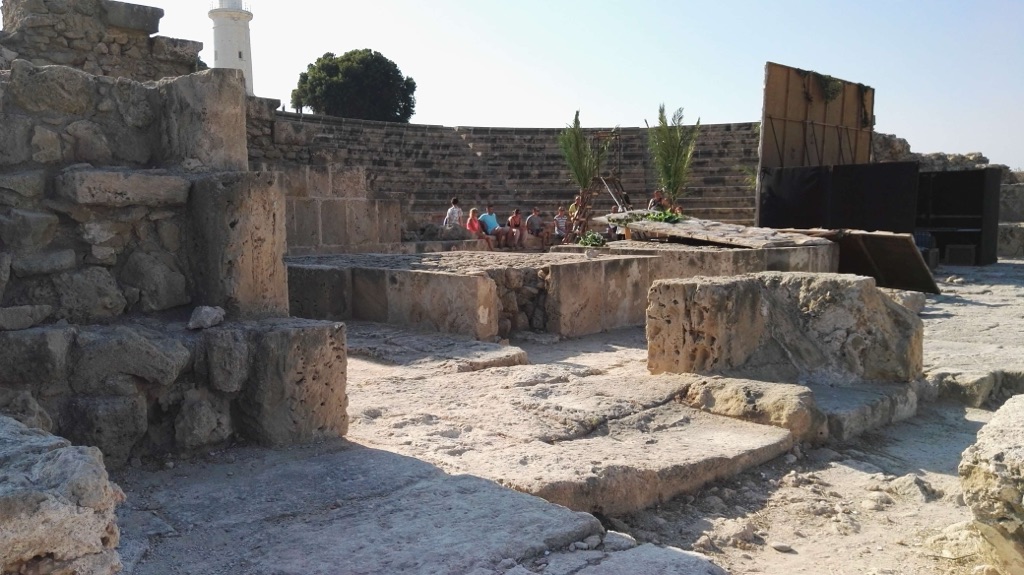
The park’s layout reflects the urban planning of the time, with the buildings and villas organized around the city’s main thoroughfares. The remains of the city’s walls, which once protected the inhabitants, are still visible, showcasing the defensive strategies of the ancient city planners.
Moreover, the park is not just a static relic of the past; it is an active archaeological site. Ongoing excavations continue to reveal new insights into ancient Paphos, ensuring that the park remains a dynamic link to the past, with each discovery adding to our understanding of this historic city.
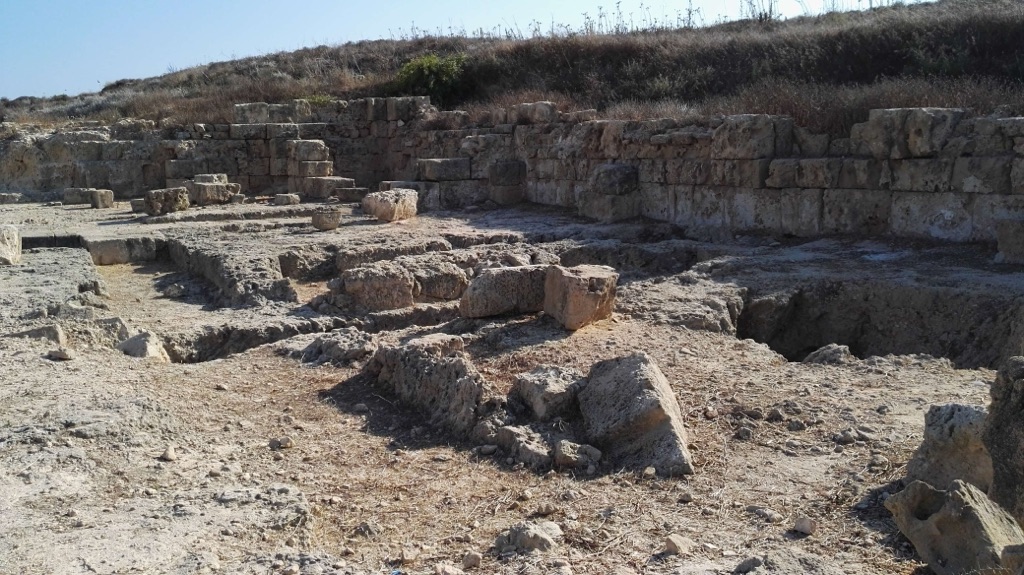
Theories and Interpretations
Several theories and interpretations surround the artifacts and structures within Paphos Archaeological Park. The purpose of some buildings, such as the so-called “Tombs of the Kings,” is still debated. Despite their name, these tombs were not for royalty but rather for high-ranking officials and aristocrats. Their impressive design has led to various interpretations of the social and political structures of ancient Paphos.
The mosaics have also been subject to interpretation. They are not only artistic expressions but also reflections of the cultural and religious beliefs of the time. Scholars have studied the iconography to gain insights into the mythology and daily life of the ancient inhabitants. The presence of these mosaics in private homes suggests a society that valued art and had the wealth to commission such works.
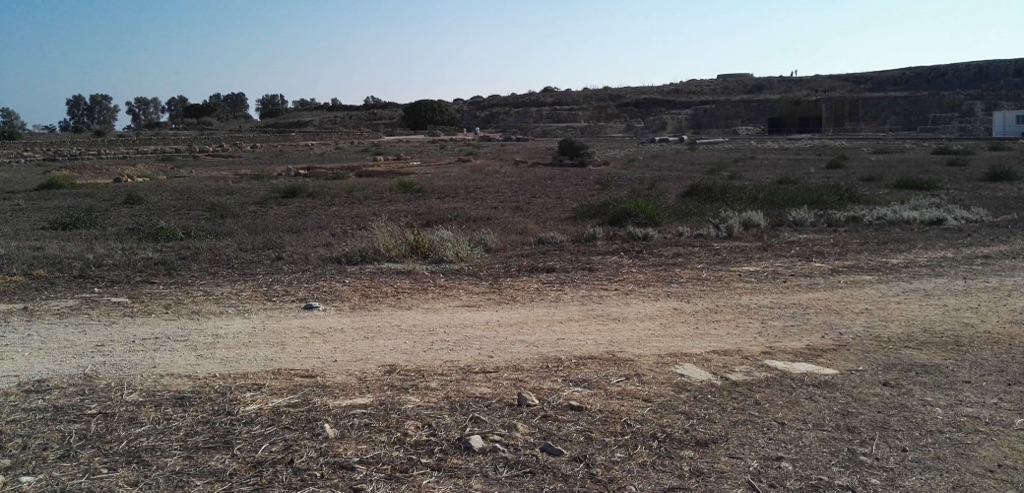
There are mysteries too, such as the exact religious significance of certain structures. The Sanctuary of Aphrodite, for instance, is still not fully understood in terms of its rituals and the extent of its influence. Theories suggest it was a major pilgrimage site, but the specifics of the ceremonies conducted there are largely speculative.
Dating the various structures and artifacts has been carried out using methods such as stratigraphy and radiocarbon dating. These techniques have helped establish a chronological framework for the site’s development, although there are still gaps in the timeline that researchers are trying to fill.
Finally, the interpretations of Paphos Archaeological Park are continually evolving as new discoveries are made. Each layer unearthed adds complexity to our understanding of the site, ensuring that the park remains a focal point for archaeological and historical research.
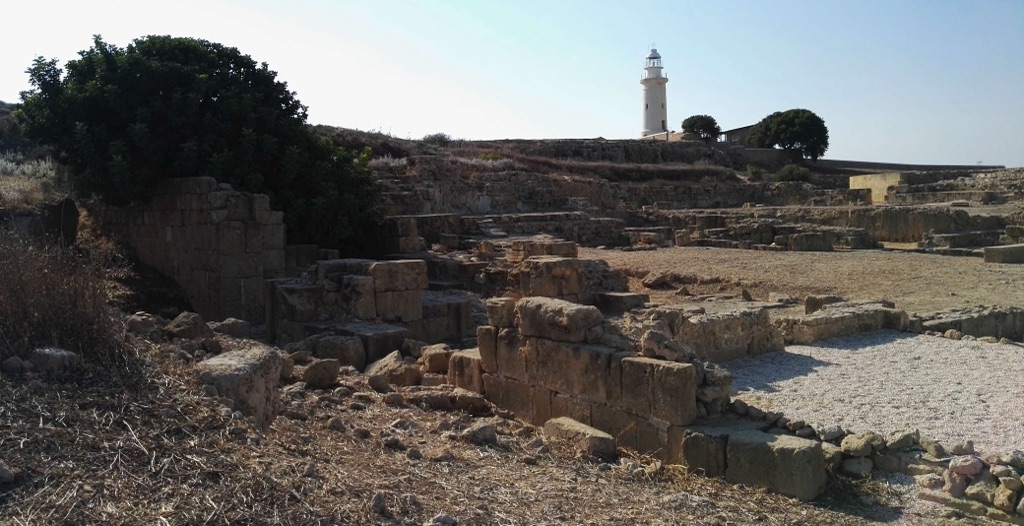
At a glance
- Country: Cyprus
- Civilization: Mycenaean, Greek, Roman, Byzantine
- Age: The site has been inhabited since prehistoric times, with the most prominent ruins dating from the Roman period (58 BC to the 4th century AD)

